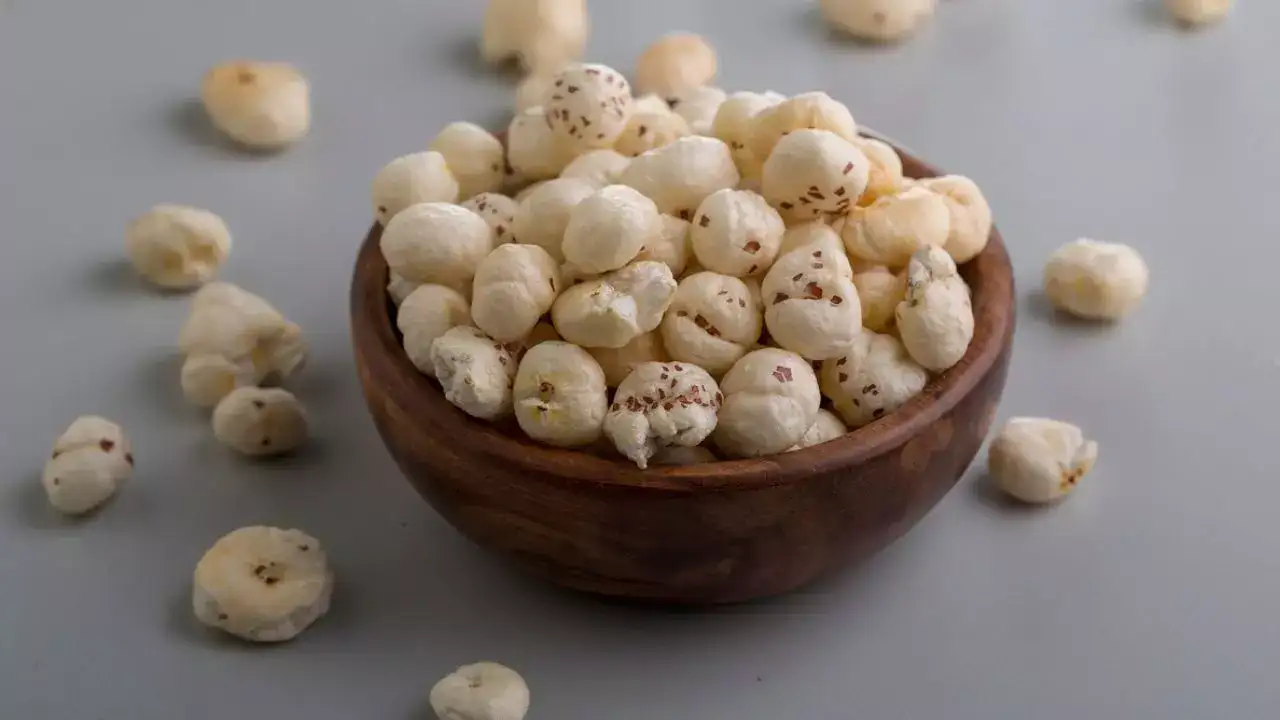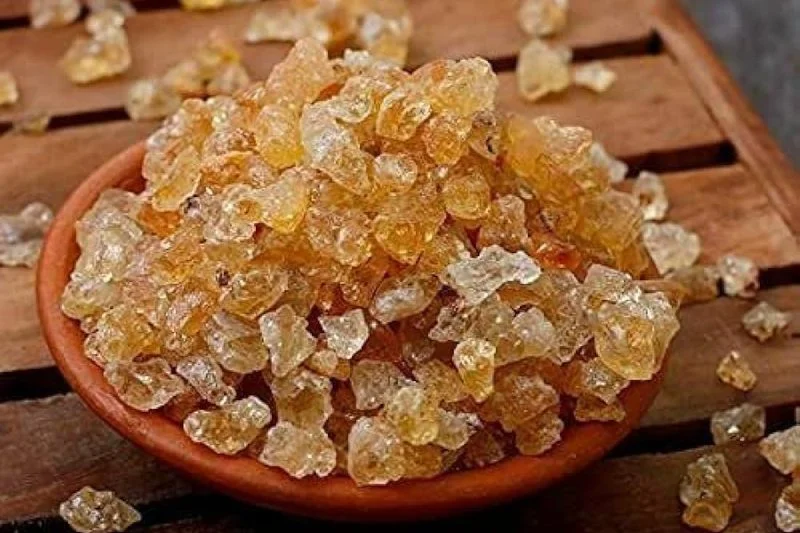Gond and Makhanay: Traditional Winter Superfoods of Pakistan
In the heart of Pakistani homes—especially during the chilly winter months—two humble yet powerful ingredients take center stage: gond and makhanay. Revered not just for their rich taste but also for their deep-rooted place in cultural and traditional wellness practices, these natural foods have been passed down through generations as symbols of nourishment, warmth, and care.


What Is Gond?
Gond (also spelled gund or gondh) is edible tree gum, primarily harvested from the acacia tree—most commonly Acacia nilotica (locally known as Babul or Kikar) and sometimes Acacia senegal. When the bark of these trees is nicked, a sticky sap oozes out and hardens upon exposure to air, forming amber-colored, tear-shaped nodules.
Once cleaned and dried, this natural gum becomes gond—a key ingredient in traditional Pakistani winter cuisine. Raw gond is hard and translucent, but when fried in ghee, it transforms dramatically: it puffs up into light, white, airy balls that are crisp, neutral in flavor, and surprisingly versatile.
What Is Makhanay?
The term “makhanay” can be a bit confusing—and that’s part of its charm.
-
Literally, makhan means fresh homemade butter, churned from yogurt or cream. In this sense, makhanay refers to soft, creamy butter often eaten with roti or used to enrich dishes.
-
Colloquially, however, many families—especially in Punjab—use “makhanay” to describe the white puffed balls of fried gond. This usage likely stems from their soft, melt-in-the-mouth texture and creamy-white appearance, which evoke the richness of butter.
So, in the context of winter sweets, when someone says “add makhanay,” they often mean puffed gond, not actual butter—though both may be used together for maximum nourishment.
The Power Duo: Gond and Makhanay in Winter Wellness
In Pakistani folk medicine and Unani traditions, cold weather is believed to weaken the body’s internal heat (sardi). To counter this, families prepare energy-dense, warming foods—and gond-makhanay laddus are among the most beloved.
Why Are They So Valued?
-
Gond is considered heating (garam) in nature and is believed to:
-
Strengthen bones and joints
-
Boost immunity
-
Aid postpartum recovery
-
-
Makhanay (whether real butter or puffed gond) provides:
-
Healthy fats for sustained energy
-
Warmth to the body
-
Nourishment for growing children and recovering mothers
-
Together, they form the base of nutritious laddus made with:
-
Whole wheat flour (atta), dry-roasted in ghee
-
Sugar or jaggery
-
Chopped almonds, cashews, and raisins
-
Cardamom for flavor and digestion
These laddus are not just sweets—they’re edible care packages, often gifted to new mothers, elderly relatives, or school-going children during winter.
Cultural Significance
Beyond nutrition, gond and makhanay carry emotional and cultural weight.
-
Grandmothers lovingly prepare laddus while sharing stories of their own childhood winters.
-
The aroma of ghee-roasted atta and cardamom fills homes, signaling comfort and care.
-
In rural communities, the Babul tree (source of gond) is respected as a symbol of resilience and generosity.
Even in modern urban kitchens, these ingredients are making a comeback—now celebrated as natural, preservative-free superfoods aligned with clean-eating trends.
A Note on Authenticity
To enjoy the true benefits:
-
Use food-grade gond from trusted herbal or spice vendors (avoid industrial gum arabic).
-
Prefer homemade or artisanal makhan over heavily processed butter when possible.
-
Fry gond carefully in pure ghee—not oil—for the best flavor and traditional authenticity.
Final Thoughts
In a world of fast food and instant solutions, gond and makhanay remind us of a slower, wiser way of eating—one that honors nature, tradition, and the body’s seasonal needs. More than just ingredients, they are emblems of love, warmth, and intergenerational wisdom—quietly puffing up, like gond in hot ghee, to fill our lives with nourishment.
So this winter, if you see a plate of soft, round laddus studded with nuts and whispering of ghee and cardamom, know that you’re not just tasting a sweet—you’re tasting Pakistan’s heritage of holistic care.
Written with warmth for the kitchens that keep tradition alive. 🌾🧈✨
Leave a Reply